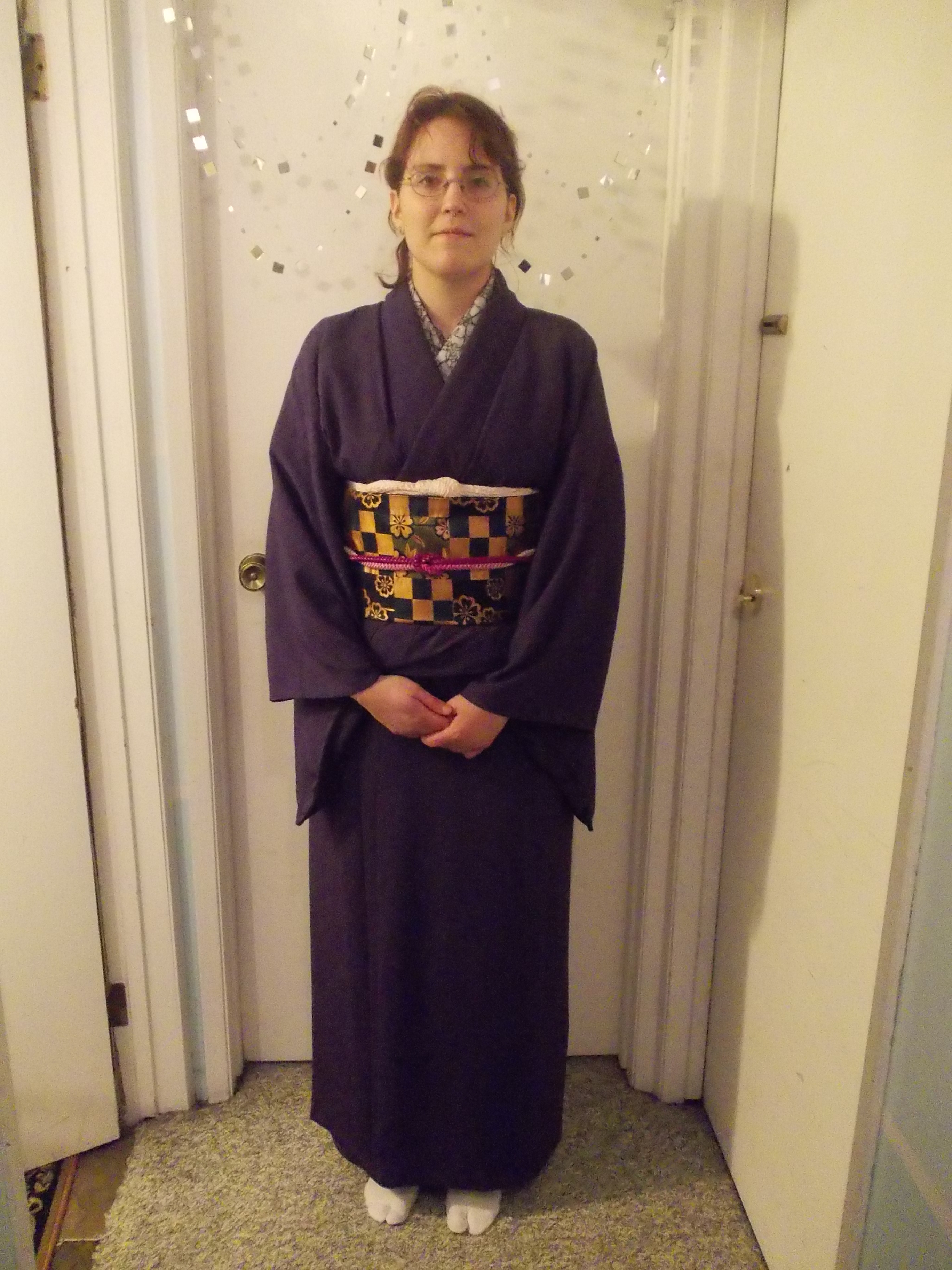草履
Zouri
Post I found on ImmortalGeisha....Zouri
OK, don't ask me why I noticed. And you can just slap me if you want. But I noticed that your zori are being worn Western style.
The toe thong [thong straps called hanao 鼻緒] should be more forward in the space between the two toes. Most people push it all the way back and is probably why so many find them soooo uncomfortable and tight.
 (User Chiisana Hato)
(User Chiisana Hato)
That's nice eh? The Japanese have footwear that is intentionally worn to have your feet hang over the edge. I wonder how that came to be?
Wikipedia says:
Like all Japanese sandals, zōri (草履) allow for free circulation of air around the feet, a feature that probably came about because of the humid climate that predominates throughout most of Japan. They are easily slipped on and off, which is important in a culture where shoes are constantly removed and put back on, and where tying shoelaces would be impractical in a tight kimono.
My guess is that it just became normal to not slip the whole sandal onto your feet.
A bunch of people in the forum went on to say "but my feet hang over the edge too much, even more than normal Japanese hang over the edge amount!" I guess that is a common problem for larger non-Asian kimono enthusiasts. Thankfully Rakuten carries a large selection of them. Size "large" is about 23 cm long (shown below). That's enough for someone who is size 8, like me! (They carry zori up to 27 cm long, wow.)
(Source)
And I reeeeeeeeeeeeeeeeeeeeeeeeeeally want something like these;

(Source)








